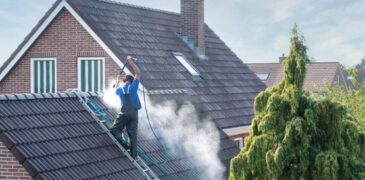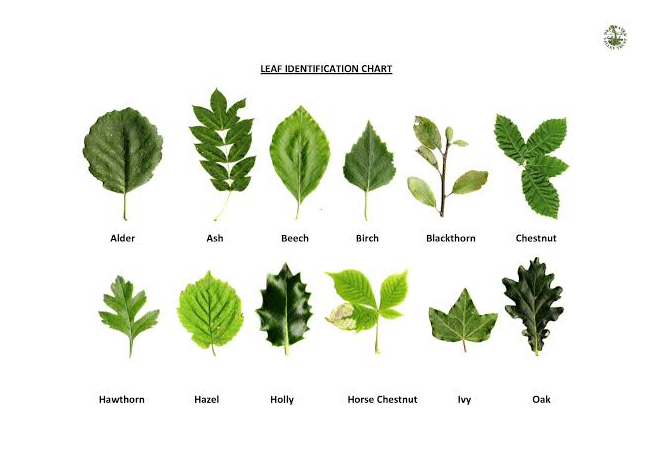If you’re looking for information on furnace repair, you’ve come to the right place. This comprehensive guide contains information on gas leaks, replacing the Thermocouple, and cleaning the flame sensor. It also tells you how to get an estimate before the repairman starts work.
Gas leaks
If you suspect your furnace has a gas leak, the first thing to do is call the fire department or the utility company’s emergency hotline. However, you should not try to identify the leak alone, as this could lead to an explosion. Also, if you smell gas in the air, you should evacuate the house immediately. If possible, dial 911 from outside to contact the fire department and the local authorities. It is also important to avoid using open flames, flicking lighters, smoking, or striking matches.
In addition to calling a fire department, homeowners can check their homes for gas leaks. These leaks can cause a dangerous fire, so turning off the gas source is essential. They should also open the windows and call the local furnace repair near me immediately.
Thermocouple replacement
Replace a thermocouple in a furnace to ensure that the furnace operates properly. Thermocouples are usually installed next to the pilot light. They are interchangeable and come in various sizes. They usually type K, type J, or type N, with a millivolt rating of 25-35 mV. To replace a thermocouple, disconnect the furnace’s power, remove the old thermocouple, and replace it with a new one.
First, you must ensure that the gas valve is in the ‘LIGHT’ position. If the pilot flame is flickering or is weak, the thermocouple is faulty. If the pilot light is yellow, you may need to adjust the pilot flame to restore its proper temperature. The problem could be a corroded thermocouple or too much heat.
Cleaning the flame sensor
Cleaning the flame sensor on a gas furnace is one of the most basic maintenance tasks you can do on your own, and it doesn’t require professional help. The first step is to shut off the power to your furnace at the circuit-breaker box. Then, while the furnace is turned off, you can unplug it from the wall so you can clean it.
You can use steel wool or sandpaper to clean the sensor. Be careful! You could damage the sensor if you use the wrong materials. Besides a soft cloth, you can also use a wire brush or metal rod to clean it.
Checking for a clogged filter
Check for a clogged air filter if you suspect your furnace is having trouble breathing. A dirty filter will prevent the furnace from breathing properly, causing it to work harder and use more energy than it needs to. This will increase your monthly utility bills.
Clogged air filters can reduce the efficiency of your furnace by fifteen percent, which will cause it to cycle on and off more frequently. Furthermore, a clogged filter won’t trap as much dust as a clean one, and the dust will eventually settle on the furnace’s interior components. This buildup can cause the furnace to lose even more efficiency and lead to excess wear and malfunctions.
A dirty filter can also lead to the blower motor burning out or overheating. Sometimes, a clogged air filter may lead to carbon monoxide leaks. Open windows also contribute to a clogged filter since they let pollutants into the home.
Troubleshooting electrical problems
Identifying the cause of furnace failure is a key part of a furnace repair. The problem may be something as simple as a blown a fuse. Thankfully, a few easy steps can help you troubleshoot your furnace. Start by turning off the main switch and checking the circuit breaker. If you find a blown fuse, you can replace it and restart your furnace.
Next, check the electrical panel. Some systems could have damaged wiring or overloaded circuits, resulting in the furnace losing power. A malfunctioning gas valve is another frequent cause. Again, overheating and short circuits could result from this. But, again, a trained technician will be able to diagnose the problem and repair it.




